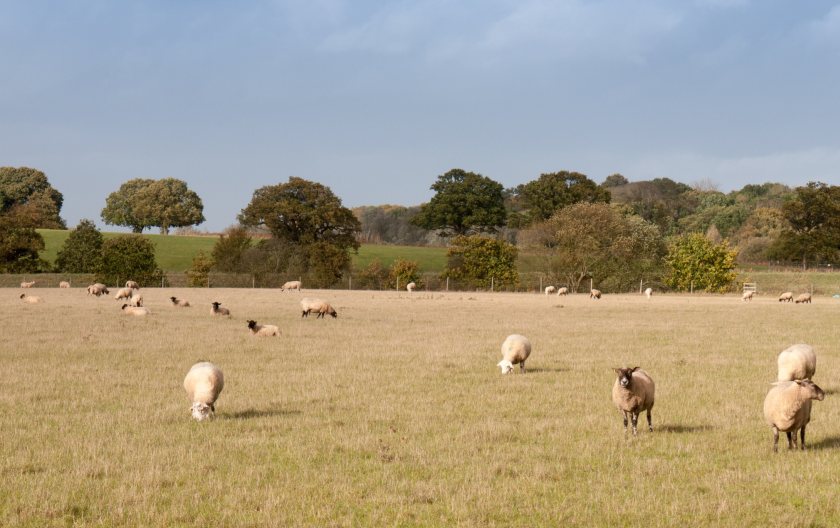
Farmers in south east Wales are facing mounting challenges as the region enters drought, with low rainfall and scorching temperatures threatening livestock, crops, and grazing land.
Natural Resources Wales (NRW) has confirmed that trigger thresholds have been met to move the region into drought status, a decision shared at a meeting of the Welsh government’s Drought Liaison Group.
Areas affected include the Wye in Wales, the Usk, the Valleys—specifically Taff, Ebbw, Rhymney, Ely, Llwyd, and Rhondda—and the Vale of Glamorgan, including the Thaw and Cadoxton.
Farmers in these regions are facing significant challenges, according to NRW, with reduced grass growth forcing many to provide supplementary feed for livestock.
Access to water for animals has become more difficult, and some are having to source alternative supplies to keep their herds and flocks hydrated.
The rest of Wales remains in prolonged dry weather status, though NRW will monitor river flows, groundwater levels, and impacts across the environment, land, and farming sectors.
Rhian Thomas, sustainable water and nature manager at NRW, said: “The weather we’ve seen this spring/summer has been exceptional, with Wales recording the driest six-month period since the drought of 1976."
She explained that the prolonged lack of rainfall has put considerable pressure on the environment, noting, “we are receiving reports of low flows and dry riverbeds in some locations, low groundwater levels as well as reports of fish in distress and algal blooms.”
South east Wales only received 53% of average rainfall in July, following some respite in June, according to NRW.
For Wales as a whole, February to July 2025 marks the 16th driest period in 190 years and the driest since 1976, with total rainfall of 555mm. Most river flows and groundwater levels remain low or exceptionally low.
Ms Thomas added that catchments in south east Wales have been particularly affected, with minimal rainfall over recent months and “the Usk and Wye recording persistently high river temperatures which can threaten fish populations.”
She concluded: “As the area enters into a state of drought, we will step up actions in line with NRW’s Drought Plan.”
Farmers and communities across England also face mounting pressure as the National Drought Group (NDG) declared the water shortage a “nationally significant” crisis.
The NDG convened last week amid a worsening picture: five regions remain officially in drought, with six more enduring prolonged dry spells.
